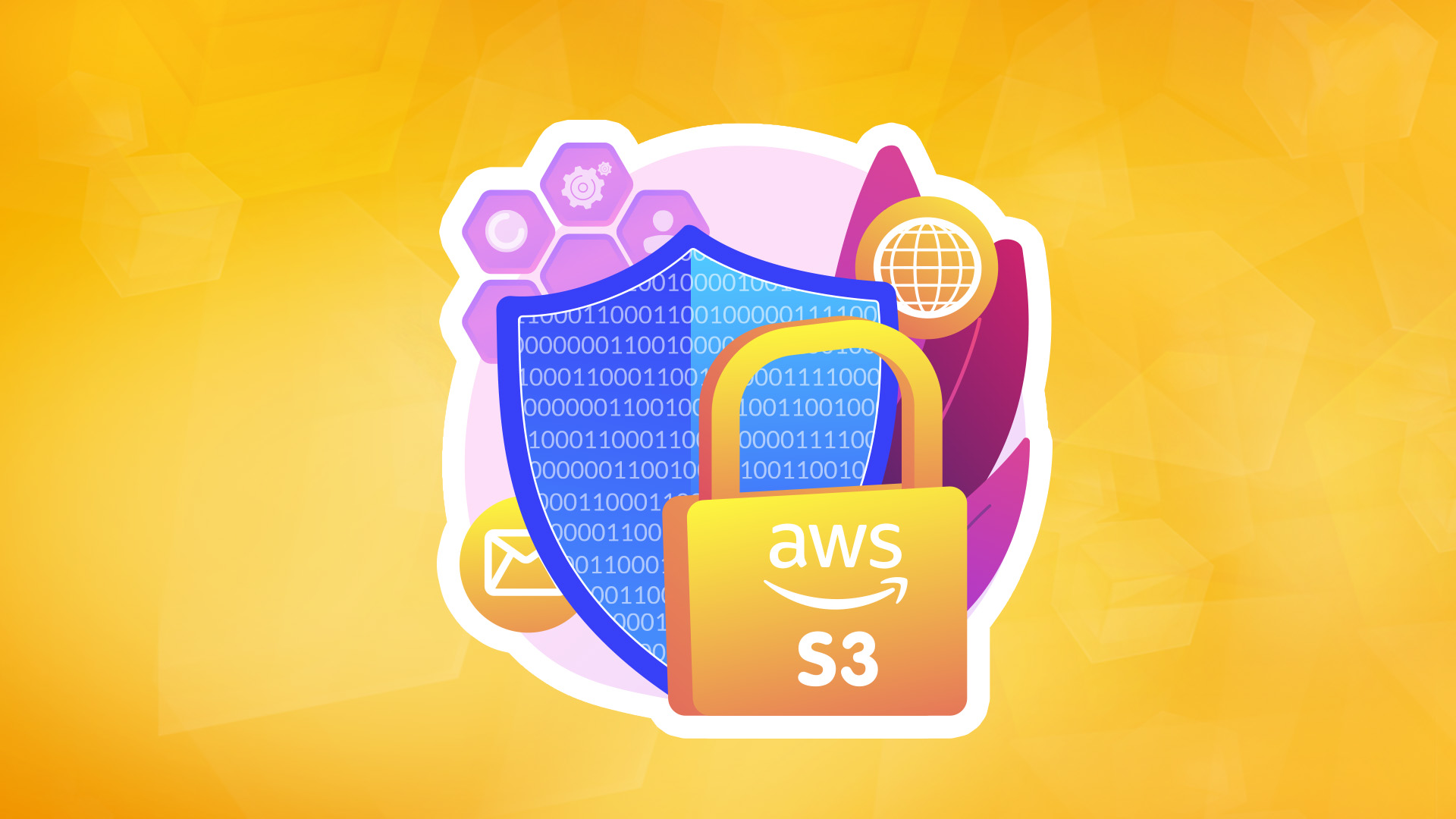Secure data storage in AWS S3: Best practices

Amazon Simple Storage Service (S3) is one of the most popular cloud services for scalable, flexible and reliable data storage. With a wide range of security features, AWS S3 can also be a very secure place to store even the most sensitive data. However, in order to realise the full potential of this platform, it is crucial to follow security best practices. In this article, we'll discuss the key steps you should take to make sure your data stored on AWS S3 is well protected.
- Create private buckets as the default configuration
A bucket (bucket) in AWS S3 is a logical container that stores data. When creating it, the default setting should be to restrict access to authorised users and applications only.
How to do this.
- Blocking public access: AWS S3 allows you to globally block public access at the bucket level. It is worth enabling this feature to avoid accidental data sharing.
- Set IAM policy rules: IAM (Identity and Access Management) policies allow you to define precisely who can access resources and under what rules.
Example: blocking public access
In the AWS console:
- Go to the S3 bucket.
- Click ‘Block Public Access Settings.’
- Select all the options for blocking public access.
- Save the settings.
- Using data encryption (Encryption)
AWS S3 offers various options for encrypting data, both at rest and during transmission.
Types of Encryption in AWS S3
- SSE-S3 ( Server-Side Encryption - S3 Managed Keys): AWS automatically manages the encryption keys.
- SSE-KMS (Server-Side Encryption - AWS KMS): Uses AWS Key Management Service, giving greater control over keys.
- SSE-C ( Server-Side Encryption - Customer-Provided Keys): The user provides the encryption keys themselves.
- Client-Side Encryption: Data is encrypted before being sent to AWS S3.
Encryption best practice
- Use SSE-KMS if you want full control over encryption key rotation.
- Always encrypt data when transferring over HTTPS.
- Update encryption keys regularly to minimize the risk of compromise.
- Implementing Least Privilege principles
The principle of minimum access implies that a user, application, or service should only have access to those resources and actions that are necessary to complete a task.
How can this be achieved in AWS S3?
- IAM policies: Create IAM roles with precise permissions to specific S3 resources.
- ACLs (Access Control Lists): Customise access control lists to restrict access at the individual object level.
- Bucket Policies (Bucket Policies): Apply bucket policies to determine who can access data.
- Implement monitoring and auditing mechanisms
Monitoring and auditing are key to detecting and responding to unauthorised data access attempts.
Monitoring features in AWS S3
- AWS CloudTrail: Tracks activities on S3 resources, such as creating, reading, modifying and deleting objects.
- Amazon S3 Access Logs:Logs access requests to the bucket so that user actions can be analysed.
- Amazon GuardDuty: Detects potential threats, such as suspicious access attempts.
Practical tips
- Configure CloudTrail for all regions and buckets to have a complete picture of activity.
- Regularly analyse logs for anomalies and suspicious activity.
- Use the object versioning mechanism (Versioning)
Object versioning in S3 allows you to preserve older versions of your files, which is particularly useful if you accidentally delete or overwrite data.
How do you enable versioning?
- Go to the bucket in the S3 console.
- Select ‘Properties.’
- In the ‘Versioning’ section, click ‘Enable’.
- Configuring retention and data lifecycle rules (Lifecycle Policies)
Lifecycle Policies allow you to automatically manage the lifecycle of data in S3, which includes its archiving, transfer between storage classes and deletion.
Example: Automatic archiving
- Move data inactive for 30 days to Amazon S3 Glacier.
- Delete data older than 1 year.
- Protection against accidental deletion (Object Lock and MFA)
To avoid accidental deletion of key data:
- Use Object Lock, which allows you to enter a retention period for your data.
- Enable Multi-Factor Authentication (MFA) to further secure deletion operations.
- Regular testing of security mechanisms
Systematic testing of security features allows you to detect vulnerabilities and ensure compliance with best practice.
Guidance
- Conduct penetration testing on the cloud environment.
- Verify IAM permissions and bucket policies at least quarterly.
- Analyse logs and monitor for anomalies using tools such as AWS Config.
Summary
Secure storage on AWS S3 requires informed configuration management and best practices. From implementing encryption and minimum access policies to monitoring activities and regular security testing, every step contributes to protecting sensitive information from unauthorized access and loss. Remember, while AWS provides a range of tools and features to support security, the responsibility for implementing them properly rests with users.
By following the tips above, you can realize the full potential of AWS S3 while minimizing the risks associated with storing data in the cloud.



